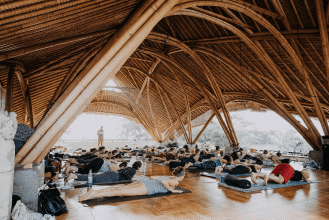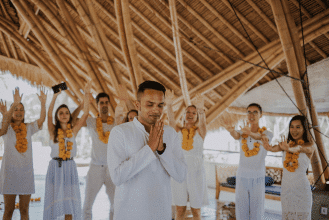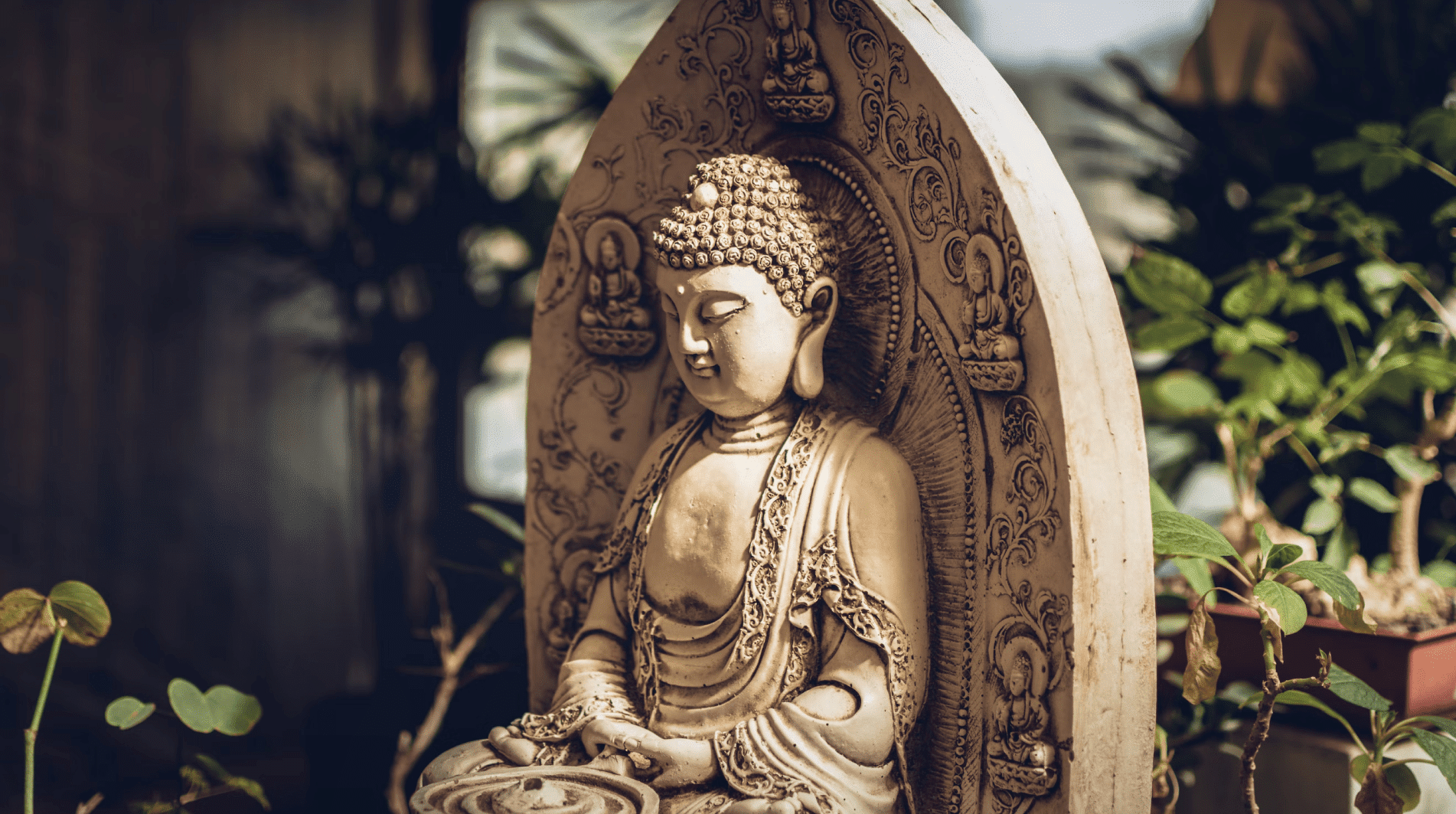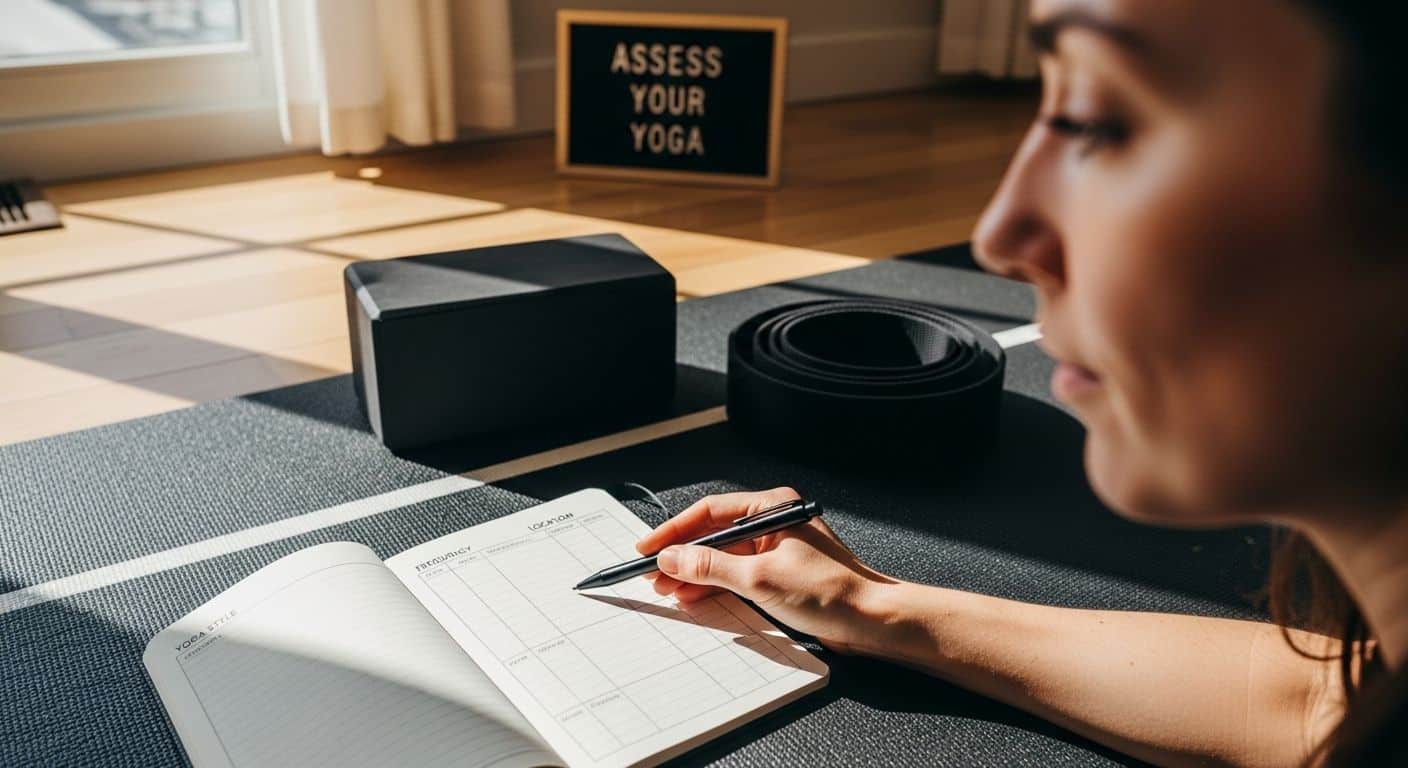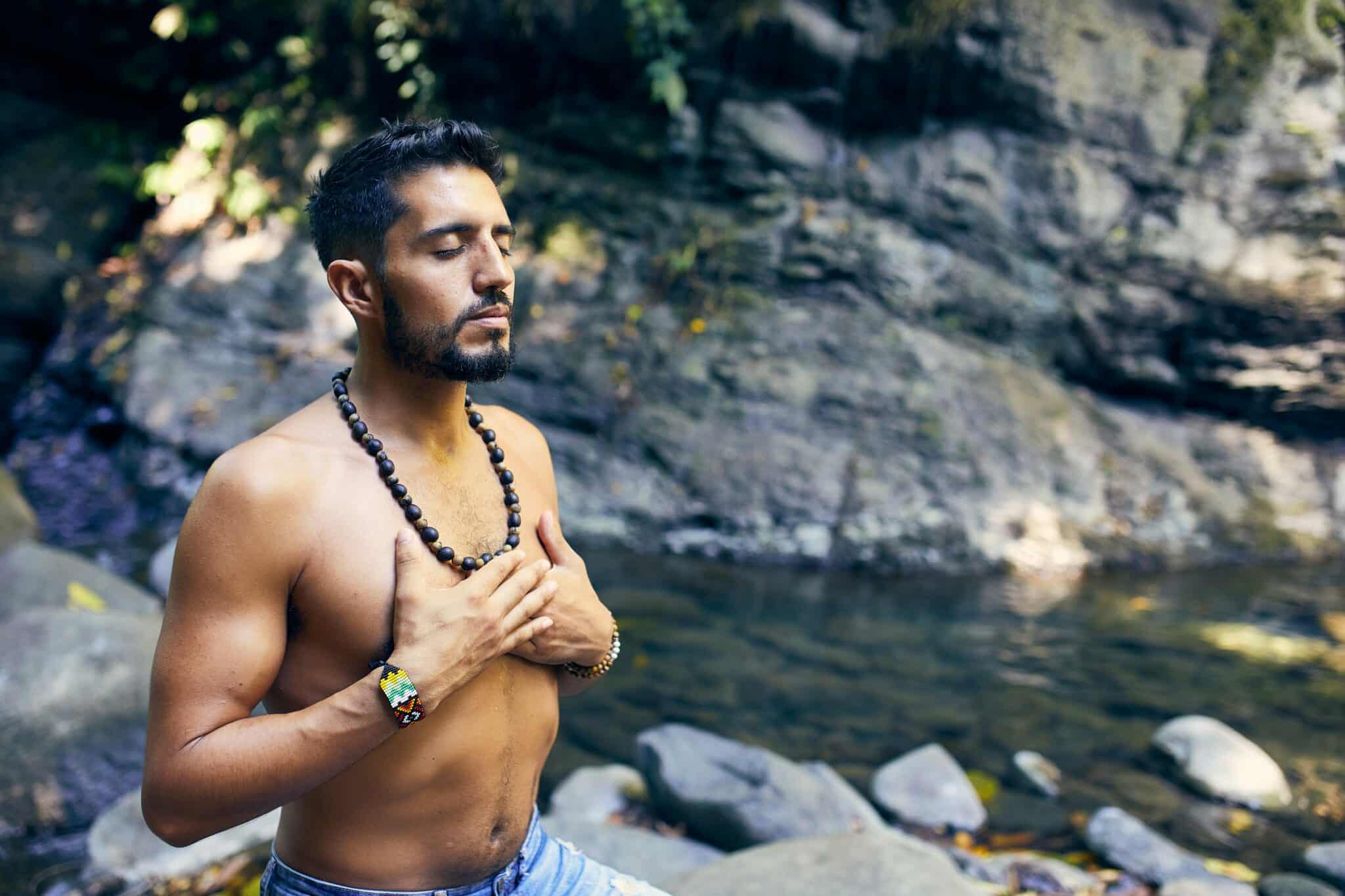
The heart chakra is the center of love, compassion, and connection. In yoga, it is known as Anahata, which means “unstruck” in Sanskrit. Located in the middle of the chest, the heart chakra governs not only our relationships but also how we give and receive love — with others, and with ourselves.
When this chakra is balanced, we feel open, kind, and connected. We can forgive easily and maintain healthy relationships. When it is blocked, however, we may feel isolated, defensive, or overly critical. Our breath may feel tight, our chest constricted.
The good news? Yoga is one of the most effective tools for balancing the heart chakra. Through intentional postures, we can open the chest, free the breath, and awaken our capacity for love. Below, you’ll find 15 heart chakra yoga poses for emotional well-being. Each one offers a way to release tension and invite compassion back into your body and mind.
Why Focus on the Heart Chakra?
The seven chakras are energy centers running from the base of the spine to the crown of the head. The heart chakra, the fourth in this system, sits in the middle. It serves as the bridge between the three lower chakras (physical and survival-based) and the three upper chakras (spiritual and mental).
Because of this, the heart chakra is all about balance. It’s the meeting place of body and spirit. When balanced, we feel harmony in our inner and outer worlds. When imbalanced, we may feel disconnected — either too stuck in our physical needs or too detached in the spiritual.
A heart-opening practice softens this tension. By working through yoga postures, we invite more breath, more space, and more openness in the chest. This is both physical and emotional. As we release the body, we make room for the heart to expand.
How Yoga Helps Emotional Well-Being
Emotional well-being is not about avoiding difficult feelings. It’s about allowing emotions to move through us with grace. When emotions are blocked, they can manifest as physical discomfort. Many people carry stress in their shoulders, chest, and upper back. These are all areas linked to the heart chakra.
Heart-opening yoga poses target these regions. They stretch the chest, lengthen the spine, and release tension in the shoulders. This not only improves posture but also shifts emotional energy. After a heart-opening practice, you may feel lighter, more compassionate, and more at ease.
Yoga also connects breath with movement. Slow, steady breathing regulates the nervous system and signals safety to the body. When we feel safe, we can relax into vulnerability — the very essence of an open heart.
15 Heart Chakra Yoga Poses
Here are 15 yoga postures to support your heart chakra and cultivate emotional well-being. Move slowly, breathe deeply, and honor your body’s limits.
1. Crescent Lunge with Heart Opener (Anjaneyasana Variation)
Step your right foot forward into a low lunge, back knee on the ground. Inhale and sweep your arms overhead. As you exhale, lift through the chest and lean back slightly, keeping the core engaged.
This posture grounds the lower body while lifting the upper body into expansion. The open chest stretches tight muscles around the heart and lungs, creating more space for breath. Energetically, it symbolizes rooted openness: the ability to stay steady in yourself while opening fully to love.

2. Wild Thing (Camatkarasana)
From a side plank, step your top foot behind you. Lift your hips high and arch your back, reaching your free arm overhead. Allow your chest to blossom toward the sky.
Wild Thing is a playful heart opener. It combines strength with freedom, teaching trust and surrender. As the chest lifts, it clears stagnation around the heart chakra, freeing joy, passion, and creativity.
3. Cow Face Pose with Eagle Arms (Gomukhasana Variation)
Sit with one knee stacked over the other. Reach arms out to the sides, then cross elbows and wrap forearms. Lift elbows slightly and press shoulder blades down.
This posture deeply stretches the upper back, shoulders, and chest. Releasing shoulder tension allows energy to flow more easily through the heart center. Emotionally, it softens defensiveness and creates space for compassion.
4. Supported Heart Opener over Bolster (Restorative Variation)
Place a bolster or pillow lengthwise on your mat. Lie back so it supports your spine, letting your arms fall wide and palms face up. Stay here for several minutes.
This restorative posture gently opens the front body without effort. It’s especially effective for soothing stress and anxiety. In stillness, the chest expands, signaling to the heart chakra that it’s safe to soften.
5. Sphinx Pose (Salamba Bhujangasana)
Lie on your belly with forearms flat, elbows under shoulders. Press gently into your arms as your chest lifts forward. Keep the shoulders relaxed.
Sphinx strengthens the spine while broadening the chest. It gently awakens the heart chakra without overwhelm. Energetically, it helps you meet life with steady presence and quiet confidence.

6. Melting Heart Pose (Anahatasana)
From all fours, walk hands forward and lower your chest toward the mat, hips stacked above knees. Allow the forehead or chin to rest on the ground.
This yin-style posture offers a deep stretch through the shoulders and chest. Its surrendering quality mirrors the heart chakra’s lesson: genuine openness comes from letting go of resistance.
7. Locust Pose with Clasped Hands (Salabhasana Variation)
Lie face down. Interlace fingers behind your back. On an inhale, lift the chest and arms away from the body, squeezing shoulder blades together.
Locust strengthens the back body while stretching the chest. It encourages courage — the willingness to lift the heart even when heavy. The heart chakra thrives on this blend of strength and openness.
8. Kundalini Ego Eradicator
Sit cross-legged with a tall spine. Raise your arms to a 60-degree angle, fingers curled and thumbs extended. Close your eyes and begin Breath of Fire. This invigorating pranayama practice energizes the body and mind. It involves rapidly exhaling through the nose while the navel snaps back to the spine, followed by a passive inhale. The breath is driven by quick contractions of the diaphragm, almost like pumping the belly. Keep the breath steady and continuous, about two to three cycles per second. Continue for one to three minutes.
This practice clears emotional heaviness and stimulates lung capacity. By activating breath and circulation, it floods the heart chakra with prana. The gesture itself symbolizes openness, like a channel to higher love.
9. Reverse Prayer (Paschim Namaskarasana)
Stand or sit tall. Bring arms behind the back, pressing palms together between the shoulder blades. If this isn’t accessible, hold opposite elbows instead.
This posture deeply stretches the shoulders and opens the chest. It fosters humility and receptivity — both qualities of a balanced heart chakra. The reverse prayer position also symbolizes devotion and reverence.
10. Fish Pose (Matsyasana)
Lie on your back. Place hands beneath hips, palms down. Press elbows into the mat, lifting chest high as the crown of the head rests lightly on the floor.
Fish pose is a classic heart chakra posture. It creates an expansive lift through the chest, stimulating circulation and opening energy channels. The gentle backbend counters slouching, reminding the heart to shine forward.

11. Thread the Needle (Parsva Balasana)
Begin on all fours. Slide your right arm underneath your left, palm facing up, until your right shoulder and cheek rest on the floor. Keep the hips lifted. For a heart-opening variation, extend your left arm overhead or bend the elbow and place the hand behind your back. Breathe deeply for 5–10 breaths, then switch sides.
This gentle twist releases tension in the shoulders and upper back, areas where emotional heaviness often settles. The variation with the top arm expands the chest, creating space for breath and compassion. Energetically, it clears blocked pathways around the heart chakra, making room for softness and ease.
12. Bow Pose (Dhanurasana)
Lie on your belly. Bend knees and reach hands back to hold ankles. On an inhale, lift chest and thighs from the ground, pressing feet into hands.
Bow pose is energizing and expansive. It opens the chest, lungs, and shoulders while invigorating the nervous system. The lifted heart reminds us of resilience — rising with strength and openness together.
13. Camel Pose (Ustrasana)
Kneel with thighs vertical and hips pressing forward. Place your hands on your lower back or heels. Lift the chest and arch back, keeping the neck long.
Camel pose is one of the deepest heart openers in yoga. It challenges vulnerability, asking you to expose your chest and throat. This directly activates the heart chakra, dissolving fear of openness and teaching courage.

14. Kundalini Heart Lotus Kriya
Sit tall. Bring your hands together at the heart. Inhale as you extend arms outward and upward like a blossoming lotus. Exhale and return hands to the chest. Repeat for one to three minutes.
This flowing movement stimulates prana in the chest and shoulders. It symbolizes offering love outward and receiving it back. For the heart chakra, it clears stagnation and awakens compassion.
15. Prone Heart Opener (Salamba Bhujangasana Variation)
Lie on your belly. Extend your right arm straight out to the side, palm down. Gently roll onto your right side until you feel a stretch across the chest and shoulder. Keep the left hand pressing into the floor for support. Breathe slowly for 5–8 breaths, then switch sides.
This posture targets the front of the shoulders and the pectoral muscles, where many people carry tightness from hunching or guarding the chest. By opening this area, the heart chakra is free to expand and circulate energy more easily. Emotionally, it can release feelings of protection or defensiveness, inviting softness and trust.
